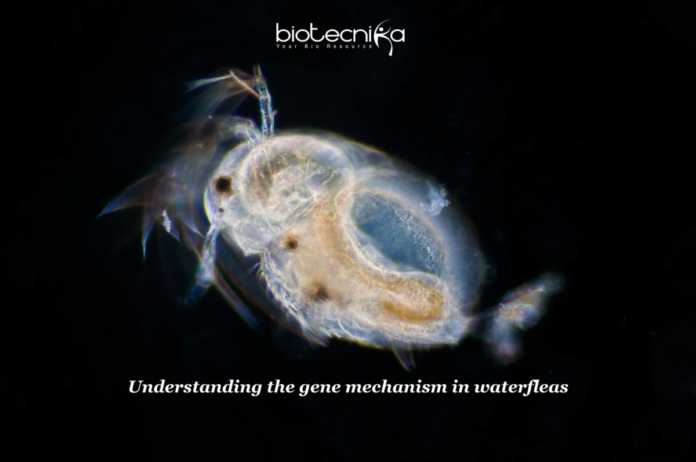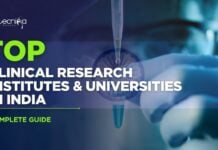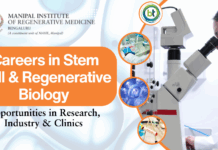Waterfleas adapt to phosphorus pollution in lakes, how?
Researchers at the University of Birmingham have decoded how waterfleas adapt to phosphorus pollution in the lakes. They unraveled the fascinating genetic mechanism of these tiny waterfleas, which enables them to adapt to the increased levels of phosphorus pollution in lakes.
The physiological responses of the olden and modern waterfleas (Daphnia) were analyzed by mapping gene networks. The researchers from the University’s School of Biosciences were able to show that a cluster of over 800 genes, much of them related to metabolic processes, evolved or progressed to become “plastic” or adaptable. This enabled modern waterfleas to change and alter its genetics expression according to the amount of phosphorus content existing in the environment. This is remarkable because their 700-year-old ancestors were unable to have such a flexible response.
Understanding the flexible abilities will undoubtedly help researchers to anticipate the capacity of these creatures, which will help us to reduce the threat posed by phosphorus pollution.
By the comparison of the responses of modern waterfleas with their 700-year-old ancestors, the research team was able to know how waterfleas adapts itself to the increasing phosphorus pollution. The samples of both the modern and the
ancient waterfleas came from the same lake in Minnesota. This is the lake where the eutrophication (a process that causes devastating algal blooms with high phosphorus content) first started at the beginning of the 20th century.Modern industrialized farming, with its substantial use of phosphorus-based plant foods, is adding to the many stresses on wildlife. The phosphorus content eventually winds up in our freshwater systems, causing eutrophication. Waterfleas can be used to reduce these blooms, but first, it has to be able to deal with the raised phosphorus pollution, which can damage its health.
Three awardees of prestigious EU Marie Sklodowska-Curie fellowships, Dr. Dagmar Frisch, Dr. Dörthe Becker, and Dr. Marcin Wojewodzic, joined together to develop new ideas in evolutionary ecology that enabled this analysis to take place.
“We made use of existing data and modern logical approaches to link the gene expression patterns with the physiological responses which allow these animals to deal with increased environmental phosphorus pollution,” said Dr. Dagmar Frisch, an expert in environmental paleogenomics. “This lets us recognize which part of the gene network was responsible for the recently progressed action.”
Dr. Dörthe Becker who at the University of Sheffield, points out: “While this work helps us to understand how animals adapt to environments in general, our study on waterfleas, which is such a central species in aquatic ecosystems, this study eventually enhances our knowledge and understanding of how aquatic ecosystems can reduce some of the effects of eutrophication, one of the major global threats to freshwater environments”.
By using a method called resurrection ecology, a process of reviving eggs that lie dormant in the sediment of lakes, the authors could compare the gene responses of centuries-old revived waterfleas with modern-day descendants in a novel way.
“Using the network analysis methods, we were able to find the genes that ‘communicate’ with others or the genes that formed clusters, called modules, and also to know how the gene communication changed in a keystone species such as waterfleas (Daphnia), over the last 700 years. In addition to this, we were able to connect these modules with particular observed traits, which was achieved for the first time in resurrection ecology,”—says Dr. Marcin Wojewodzic, now a researcher at the Cancer Registry of Norway.
Dr. Becker says that their study emphasizes that evolution is a result of molecular fine-tuning that happens on different layers, ranging from primary cellular responses to complex physiological traits.
Dr. Frisch adds: “Our approach allows a more holistic view of how animals can and do respond to environmental change like phosphorus pollution, and by that improve our understanding of organisms as integrated units of biological organization.”
“After applying the recently developed network analyses, the logical next step is to explore how other molecular mechanisms, including epigenetics, plays a role in evolutionary processes. We have already begun this investigation,” says Dr. Wojewodzic.
This work is published today in Molecular Biology and Evolution.
Author : Pratibha









































